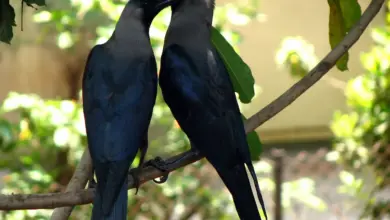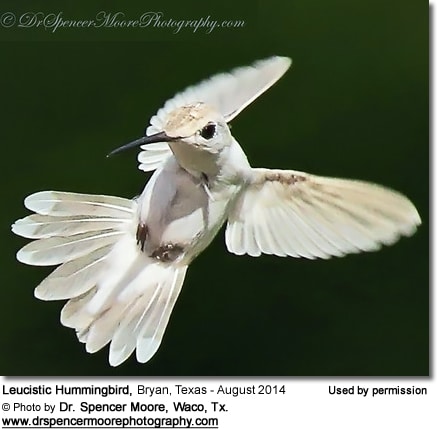Beautiful Fruit Doves aka Rose-fronted Pigeons
The Beautiful Fruit Doves (Ptilinopus pulchellus), is also known as the Rose-fronted Pigeon or Crimson-capped Fruit Dove (leading to easy confusion with the Crimson-crowned Fruit Dove).
Description
It is a small, approximately 19 cm (7½ in) long, mainly green fruit dove. It has a red crown, a whitish throat, a greenish-yellow bill, and purplish-red feet. It has a blue-grey breast and yellowish-orange belly, with a reddish-purple patch in between. Males and females look alike.
Distribution / Range
The Beautiful Fruit Doves are distributed in the rainforests of New Guinea and the islands of Batanta, Waigeo, Salawati, and Misool in West Papua, Indonesia.
Further Dove Information
- Dove Information
- Index of Dove Species
- Photos of the Different Dove Species for Identification
- Doves & Pigeons as Pets
Diet / Feeding
Its diet consists mainly of various fruits from trees, palms, and vines.
In the Port Moresby area, birds were found to eat a mixed diet in May. Large Tristiropsis canarioides fruit were taken when available, but the species gets displaced from fruiting trees by larger pigeons such as the Collared Imperial-pigeon (Ducula mullerii).
Small Endiandra sp. fruit was very often eaten but made up only a small quantity of food volume.
Other foods were Gymnacranthera paniculata and small quantities of Polyalthia sp., Livistona palm fruit, and occasionally pepper (Piper) berries.
Despite their small size, they can swallow fruits of 5 cm³ volume, which would translate into a diameter of about 2 cm in spherical fruit. (Frith et al. 1976)
Breeding / Nesting
The female usually lays a single white egg.
Status
Widespread and common throughout its large range, the Beautiful Fruit Dove is evaluated as Least Concern on the IUCN Red List of Threatened Species.




